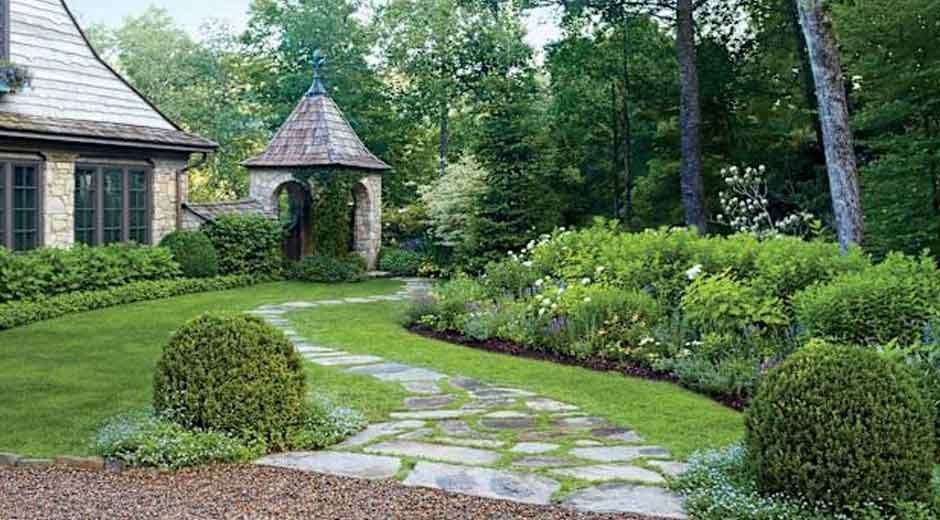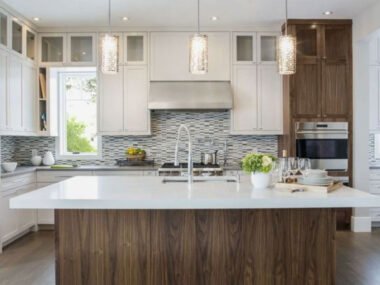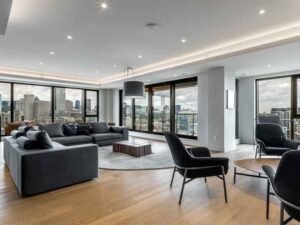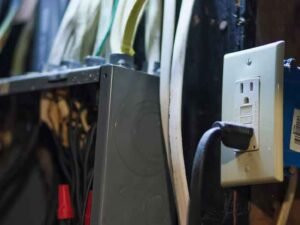In 2026, Minnesota’s landscaping scene is undergoing a major transformation as homeowners seek outdoor spaces that combine sustainability, function, and natural beauty. From eco-friendly plant selections to high-tech irrigation systems, the way people approach landscape design is changing rapidly. With the state’s unpredictable climate and growing emphasis on environmental responsibility, landscapes are becoming more than just decorative—they’re extensions of a sustainable lifestyle. We will explore how design philosophies, materials, and technologies are shaping the new era of Minnesota yards and gardens. These trends reflect both local adaptation and national innovation in outdoor living.
Emerging Landscaping Trends Transforming Minnesota Homes in 2026
- Native Plant Landscapes Take Center Stage
Homeowners across Minnesota are increasingly turning to native plants as the foundation of their landscaping. In 2026, this movement is stronger than ever, especially for those focusing on landscaping in Rochester, MN, where homeowners are embracing sustainable solutions that complement the local climate and terrain. Driven by environmental awareness and the desire for low-maintenance beauty, native species like coneflowers, prairie grasses, and black-eyed Susans thrive naturally in the region’s soil and weather conditions, reducing the need for excessive watering or chemical treatments. They also attract pollinators like bees and butterflies, supporting biodiversity and creating vibrant, living gardens.
For many, native landscaping represents a balance between aesthetics and sustainability. It allows homeowners to preserve Minnesota’s natural character while minimizing environmental impact. As climate change brings unpredictable weather patterns, these hardy, region-adapted plants offer resilience and year-round interest with minimal upkeep—a win for both homeowners and the planet.
- Outdoor Living Spaces Become Functional Retreats
Minnesotans have always valued outdoor living, but in 2026, patios, decks, and gardens are being designed as full-scale extensions of the home. The concept of outdoor “rooms” is flourishing, where functional zones like outdoor kitchens, fire pits, and cozy seating areas create year-round usability. Heated patios, retractable awnings, and weather-resistant furniture are enabling people to enjoy their backyards even during cooler months. This growing demand for livable outdoor spaces also reflects a lifestyle shift—more homeowners are working remotely and looking to blend comfort with connection to nature. Companies are responding by designing layouts that encourage socializing, relaxation, and productivity in open-air environments. These multifunctional spaces not only enhance property value but also improve mental well-being by providing a peaceful escape from daily routines without leaving home.
- Sustainable Water Management Systems Gain Popularity
Water conservation is taking a front seat in Minnesota’s 2026 landscaping trends. Homeowners are adopting advanced irrigation technologies and design strategies to reduce water waste while maintaining lush, green landscapes. Smart irrigation systems that adjust watering schedules based on weather data and soil moisture sensors are becoming standard. Rain gardens, permeable pavers, and rain barrels are also on the rise, helping capture and reuse rainwater efficiently.
In addition, many properties are integrating drought-resistant plants and ground covers that thrive with minimal watering. The shift reflects both economic and environmental awareness, as water costs increase and sustainability becomes a community priority. These systems not only preserve precious resources but also protect local waterways from runoff pollution. With thoughtful planning and modern technology, Minnesota homeowners can enjoy thriving outdoor spaces that remain beautiful and responsible year-round.
- Eco-Friendly Hardscaping Materials Dominate Designs
The choice of materials is changing dramatically in 2026, as homeowners opt for eco-conscious hardscaping options that align with their environmental values. Traditional concrete and stone are being replaced or complemented by recycled, permeable, and low-carbon alternatives. Permeable pavers, for instance, allow rainwater to soak naturally into the ground, reducing runoff and flooding risks. Reclaimed wood and composite decking made from recycled plastics are also gaining traction for patios and outdoor structures. These materials not only promote sustainability but also add unique visual appeal with modern textures and finishes.
Additionally, lighter color palettes are trending because they help reduce heat absorption, making outdoor spaces more comfortable during warmer months. The trend reflects a deeper understanding that sustainability in landscaping isn’t limited to plant choices—it extends to every element, from walkways to retaining walls. Homeowners now seek designs that harmonize environmental responsibility with timeless beauty and durability.
- Low-Maintenance Landscaping for Busy Lifestyles
In 2026, convenience has become a top priority for Minnesota homeowners. With busier schedules and changing work patterns, people are drawn to landscapes that are easy to maintain yet visually striking. This trend includes artificial turf, automated irrigation, and self-sustaining garden beds designed to reduce time and effort. Mulching with natural materials helps retain moisture and control weeds, cutting down on maintenance tasks. Low-maintenance doesn’t mean lifeless—designers are using layers of textures, colors, and native plants to create dynamic spaces that require minimal intervention.
Additionally, smart landscaping tools like robotic mowers and connected lighting systems add a futuristic touch to traditional yards. The appeal lies in achieving a lush, organized landscape that fits modern lifestyles without demanding constant care. For homeowners balancing work, family, and leisure, these innovations make it easier than ever to enjoy a beautiful outdoor environment all year long.
Minnesota landscaping in 2026 reflects a deeper connection between people, nature, and technology. Homeowners are prioritizing sustainability, comfort, and function while embracing designs that adapt to changing climates and modern lifestyles. Native plants, smart irrigation, eco-friendly materials, and low-maintenance solutions are shaping the future of outdoor spaces across the state. As Minnesota homeowners continue to rethink their relationship with outdoor living, landscapes are evolving into purposeful, resilient, and beautiful extensions of the home—built to thrive through every season and every change ahead.










